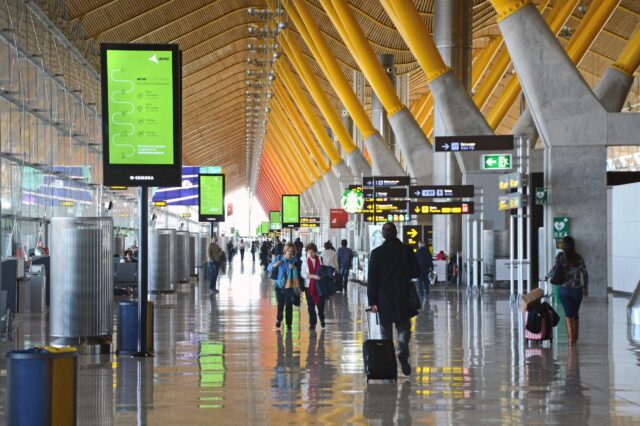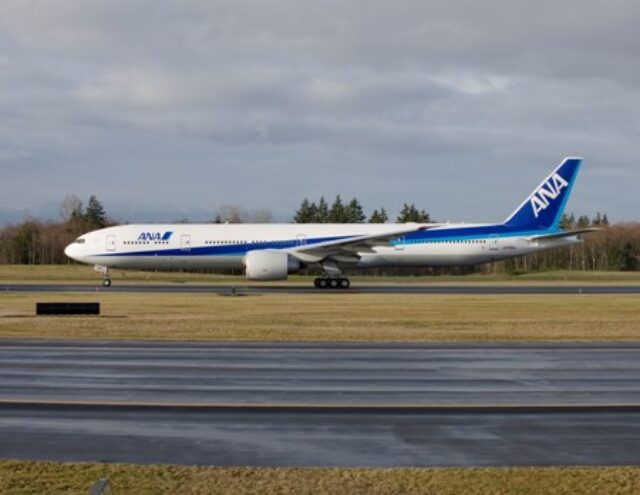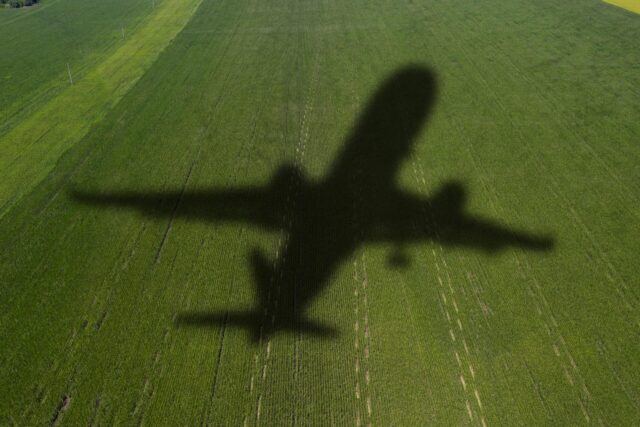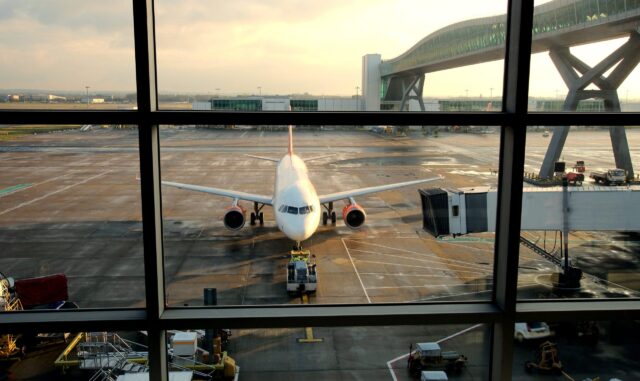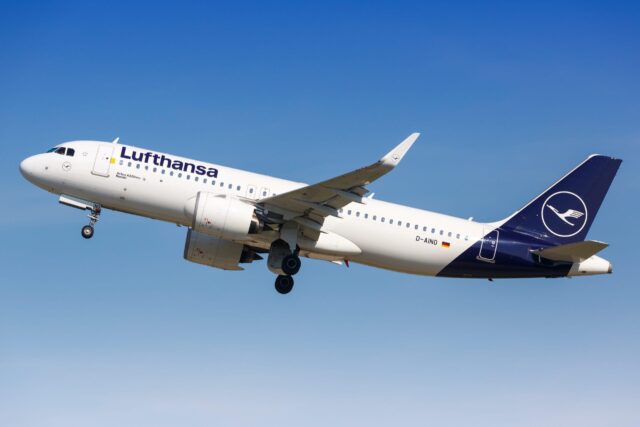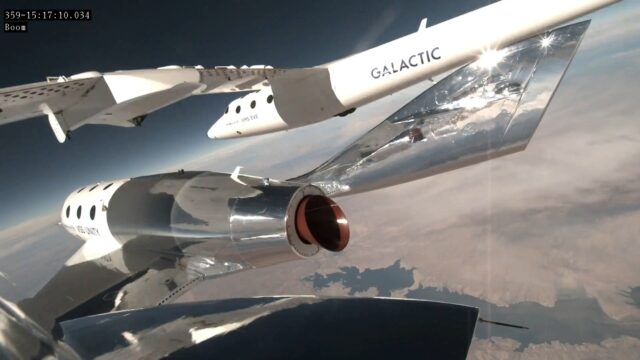Airbus ups 20-year aircraft demand forecast as global middle class soars

Airbus has raised its long-term forecast for new aircraft deliveries, projecting a need for 43,420 commercial passenger and freighter planes by 2044.
The Toulouse-headquartered company said the increase of just under 1,000 aircraft versus last year’s forecast was driven by a sustained post-pandemic recovery in air traffic and emerging markets with a growing middle class.
The updated outlook, part of the manufacturer’s Global Market Forecast (GMF), reflects a modest but significant upward revision from last year’s projection of 42,430 aircraft.
According to the forecast, 34,250 of the required deliveries will be single-aisle aircraft, while widebodies will account for 9,170 units.
Some 18,930 aircraft – or roughly 44% of the total – will be used to replace older, less efficient airframes.
Airbus forecasts growth
Despite ongoing short-term macroeconomic and geopolitical headwinds, Airbus expects passenger traffic to grow at an average annual rate of 3.6% over the next two decades.
The planemaker said the impact of tariffs on air traffic – a factor that has grown in importance with the President Donald Trump’s trade war – was “currently limited”.
The growth is forecasted deliveries is underpinned by a projected 2.5% rise in global GDP, an increase of 1.2 billion in urban populations, and 1.5 billion more middle-class consumers worldwide.
Added to this, emerging markets are leading the charge in air travel growth, with India’s domestic market expanding by 8.9% annually.
Traffic between emerging Asia and China is close behind at 8.5%, while routes connecting the Middle East to emerging Asia are expected to see 5.3% growth.
This compares to the fastest growing mature markets – Western Europe to the Middle East, Central Europe, Asia developed, and the Middle East to the US – which are expanding by 3.8%.

“A key benefit of aviation is to connect people and enable commerce, even in times of uncertainties, not only domestically but further afield,” Airbus said.
“This is leading to some emerging flows and evolving markets. These evolving markets and new city pairings are being served by Airbus’ full range of aircraft. As these routes grow in passenger volume, the size of aircraft will follow.
“This upsizing is a clear Airbus advantage where commonality between the A320, A330 and A350 families means airlines can operate mixed single aisle and widebody fleet using crews with multi type ratings.”
As the global in-service fleet doubles to over 49,000 aircraft by 2044, the industry will also require thousands of new aviation professionals, including pilots, engineers, and cabin crew.




